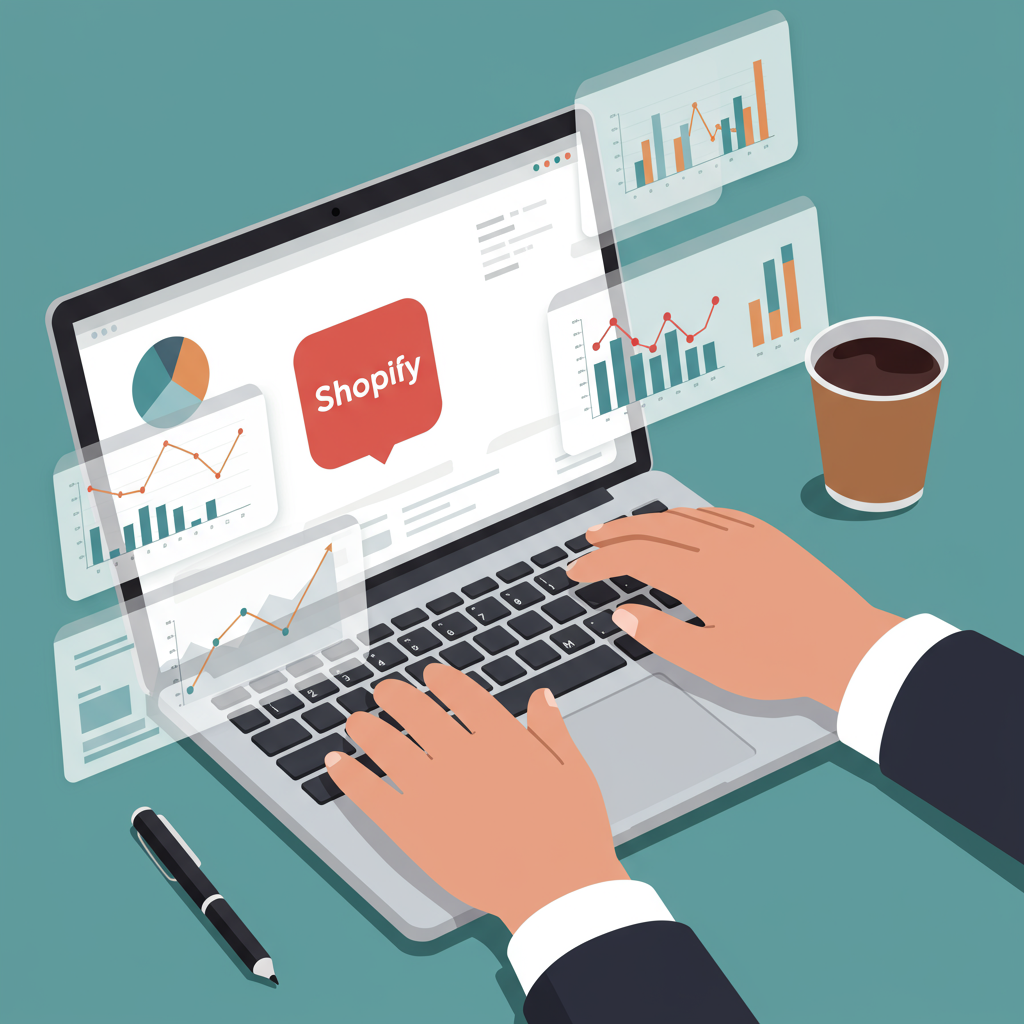Unlock the secrets to seamless operations and happy customers by effectively managing your dropshipping suppliers.
As a Shopify dropshipper, I’ve learned that while the allure of low overhead and no inventory is strong, the true backbone of my business success lies not in my marketing prowess alone, but in the strength of my supplier relationships.
Effective supplier management isn’t just a best practice; it’s a critical differentiator that can make or break your dropshipping venture. It directly impacts customer satisfaction, your brand reputation, and ultimately, your bottom line.
Today, I want to share my insights and practical tips on how to master supplier management for your Shopify dropshipping store, ensuring smooth operations and happy customers.
My journey began with the realization that finding the right supplier is paramount. It’s not just about the cheapest price; it’s about reliability, product quality, and consistent communication.
I always start with thorough research. Platforms like AliExpress, SaleHoo, Worldwide Brands, and even direct contact with manufacturers are my go-to. I look for suppliers with high ratings, positive reviews, and a proven track record.
Once I’ve identified potential partners, I don’t just jump in. I initiate contact, asking detailed questions about their products, minimum order quantities (if any), shipping times, return policies, and their preferred communication channels.
Clear and consistent communication is, in my experience, the single most important aspect of supplier management. I establish clear expectations from the outset regarding order processing, shipping updates, and issue resolution.
I prefer suppliers who are responsive and proactive. If they take days to reply to a simple query, that’s a red flag for future order issues. I often use tools like WhatsApp or dedicated messaging platforms for quick, direct communication.
Automating the order fulfillment process as much as possible has been a game-changer for me. Integrating my Shopify store with apps like DSers or Oberlo (or similar alternatives) directly links my orders to my suppliers.
This automation minimizes manual errors and speeds up the order placement process, which is crucial when dealing with high volumes. It also helps in automatically sending tracking information to customers.
However, automation doesn’t mean hands-off. I regularly monitor my order statuses. Are orders being processed promptly? Are tracking numbers being provided on time? Any delays need immediate investigation.
Quality control, while challenging in dropshipping, is something I take seriously. Before committing to a supplier, I always order samples of their products. This allows me to personally assess the quality, packaging, and actual shipping times.
Even after starting, I occasionally order products from my own store (or have friends do it) to perform spot checks. This helps me catch any dips in quality or changes in packaging before they become widespread customer complaints.
Managing inventory, even when you don’t hold it, is vital. I rely on my suppliers to provide accurate stock levels. Out-of-stock items can lead to frustrated customers and cancelled orders, damaging my reputation.
I use apps that sync inventory levels from my suppliers to my Shopify store, automatically hiding or marking products as out of stock. This prevents customers from ordering items that aren’t available.
Shipping and logistics are another critical area. I discuss shipping methods, estimated delivery times, and costs upfront with my suppliers. Transparency here helps me set realistic expectations for my customers.
I always opt for shipping methods that offer reliable tracking. Customers want to know where their package is, and providing them with accurate, timely tracking information significantly reduces “Where’s my order?” inquiries.
Returns and refunds are an inevitable part of e-commerce. I ensure my supplier’s return policy aligns with my own store’s policy. A smooth return process, even if it’s a hassle, builds customer trust.
I clarify with my suppliers who bears the cost of return shipping and restocking fees in various scenarios (e.g., damaged goods, customer remorse). Having this sorted out beforehand prevents disputes.
Building strong, long-term relationships with my suppliers has paid dividends. Treating them as partners, not just vendors, fosters trust and often leads to better service, preferential treatment, and even early access to new products.
I also believe in diversification. Relying on a single supplier for a critical product line is risky. What if they suddenly go out of business, or their quality drops? Having backup suppliers is a smart strategy.
Regularly monitoring supplier performance is key. I track metrics like order processing time, shipping speed, defect rates, and communication responsiveness. This data helps me identify top performers and areas for improvement.
When issues arise, and they will, I approach them calmly and professionally. I document everything, provide clear evidence, and work collaboratively with my supplier to find a resolution. Escalation is a last resort.
Leveraging technology, beyond just order automation, is also crucial. CRM tools, dedicated communication platforms, and analytics dashboards can all help streamline supplier interactions and performance tracking.
As my business scales, I constantly re-evaluate my supplier relationships. What worked for 10 orders a day might not work for 100. I look for suppliers who can grow with me and handle increased volume efficiently.
Ultimately, effective supplier management is about proactive planning, clear communication, and continuous monitoring. It’s an ongoing process that requires attention and dedication.
By investing time and effort into nurturing these relationships, you’ll not only streamline your operations but also build a more resilient and profitable dropshipping business on Shopify.
What are your biggest challenges or successes when it comes to managing dropshipping suppliers? I’d love to hear your thoughts and experiences!






